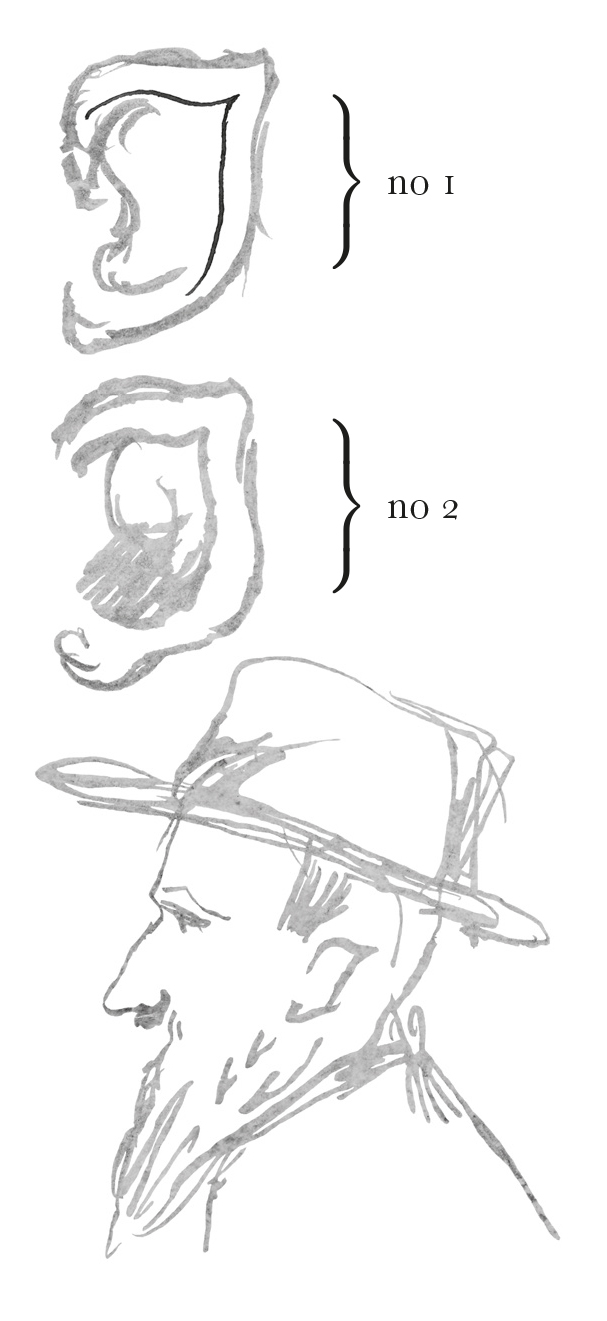From Asa Gray 12 May 1874
Cambridge, Mass,
May 12, 1874
Dear Darwin
Here is a note & sketch, from Prof. Rood1 of New York, which is to the point as to ears.
I sent to Hooker, to forward to you two articles in Nation—on Insectivorous Plants2—written to reclaim your work, from Bennett— who began to appropriate it, &c, &c—3
It is already leading to discovery A physician in Carolina—a good observer—already writes me—that in S. variolaris—the best of Sarracenias he thinks he finds the watery liquid anæsthetic (??) and the sweet secretion not.— But he says there is a line of sweet—a trail, running from the sweet rim down the edge of the wing outside nearly to the ground, which lures up ants—(with which Wyman tells me the pitchers are crowded).—4 Just like the train of Indian corn which hunters scatter along the ground to lure wild turkies into the trap! Does not that beat all!
Also my articles have resulted in the discovery related in the paper enclosed.5 The take off of Thomson’s germs from another planet is good.6
I am in great haste but always | Yours sincerely | Asa Gray
[Enclosure 1]
Columbia College
May 4th. 1874
Dear Professor;
When Darwin’s book on the “Descent of Man” came out two or three years ago, I read it and afterwards always observed ears, particularly the “Animal Tips”—7 I have noticed a number of cases in which these were very much developed, but all my observations have been thrown into the shade by a pair of ears I saw a couple of months ago in one of our city banks. The gentleman was standing near me for several minutes, and immediately afterwards I made a rough sketch of the ear and of his profile, which was rather a refined one, with the intention of afterwards making a drawing for Mr Darwin— All parts of the ear were quite normal except the enormous tip— The truth lies between Nos 1 and 2. The ink line in No 1 and the sketches were made on the spot in the bank—and perhaps would be more interesting than the more finished drawing I proposed to make afterwards—8
Very truly | O. N. Rood
Prof A. Gray | Cambridge Mass.
[Enclosure 2]

CD annotations
Please cite as “DCP-LETT-9455,” in Ɛpsilon: The Charles Darwin Collection accessed on